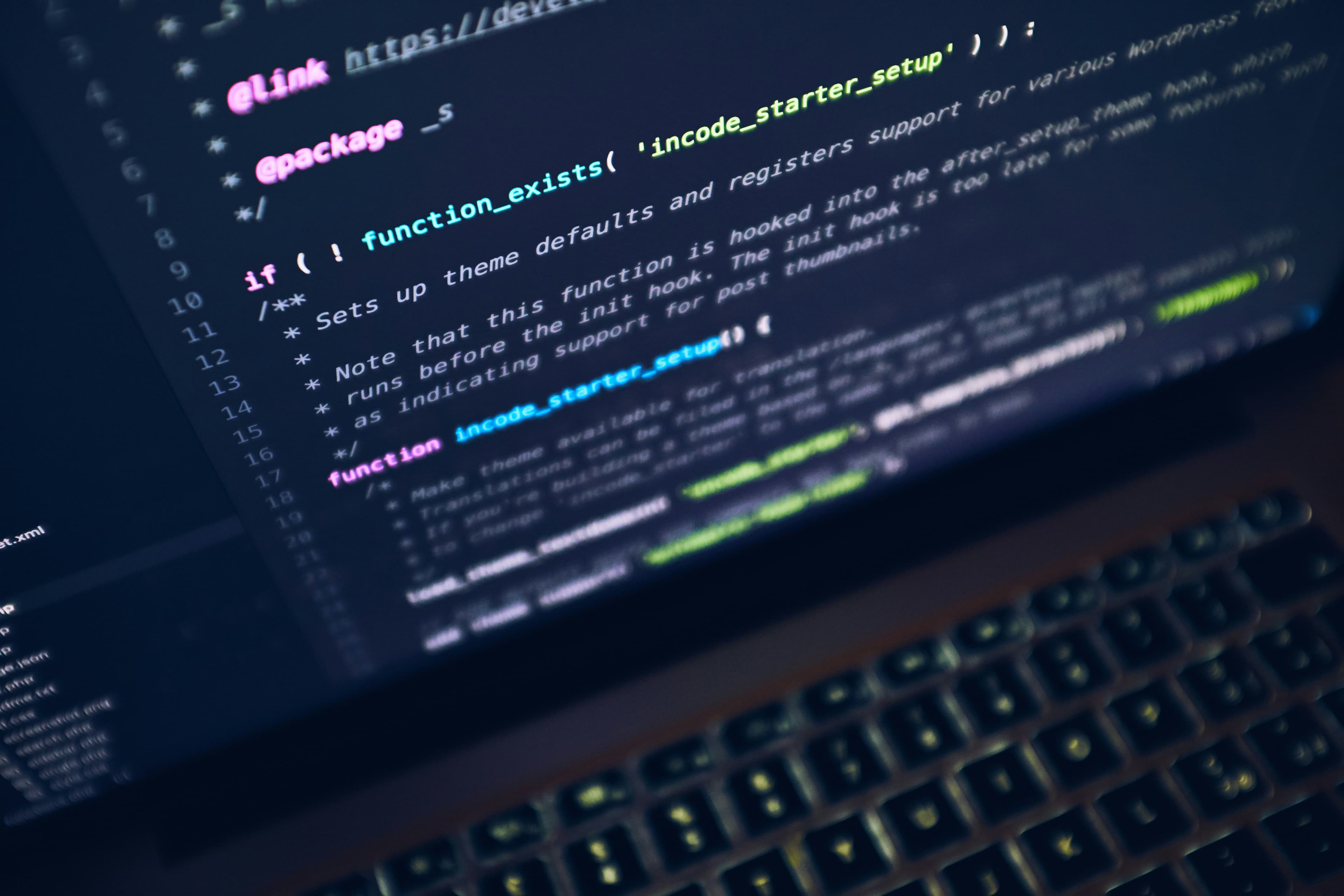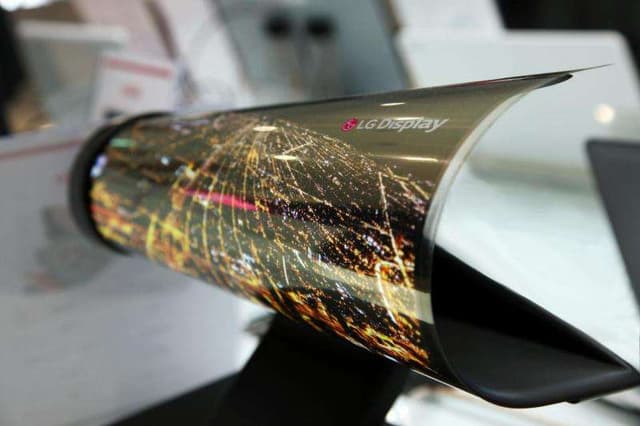In 2025, we are no longer peering into the future of technology—we’re living in it. While the flashier promises of jetpacks and Mars colonies have yet to materialize, the real technological transformation is happening right under our noses. It's more subtle, more personal, and more integrated into our daily lives than we ever expected. From AI that anticipates our needs to invisible networks that stitch our digital lives together, technology in 2025 is less about gadgets and more about intelligence, interconnectivity, and the invisible infrastructure of modern life.
A Shift from Hardware to Systems
One of the defining characteristics of the current technological landscape is the shift away from standalone hardware toward ecosystems and intelligent systems. Smartphones, once the centerpiece of innovation, have become mature. Their physical design has plateaued, with annual updates focusing on incremental improvements rather than radical changes.
What has changed dramatically, though, is what these devices are capable of—thanks largely to the backend systems that power them. Cloud computing, AI-driven algorithms, and edge processing have turned even mid-range devices into powerful tools for productivity, entertainment, and personal health management.
For example, smartphones now serve as command centers for our homes, health, vehicles, and even finances. Integration with ambient computing—devices that fade into the background while serving intelligent functions—means we often interact with technology without consciously doing so. From smart mirrors giving us health tips in the morning to AI-optimized thermostats adjusting the temperature based on our mood and past preferences, the system is the innovation, not the screen.
The AI-First World
If there’s one buzzword that has evolved from hype to daily utility, it’s artificial intelligence. But AI in 2025 isn’t the monolithic, sentient entity once portrayed in science fiction. Instead, it’s a collection of task-specific agents working in tandem to make our lives smoother.
Personal AI assistants now operate beyond setting reminders and answering questions. They function as lifestyle managers—scheduling appointments, analyzing nutrition based on what we eat, curating content aligned with our emotional state, and even assisting with mental wellness through personalized check-ins and meditation routines.
Large language models (LLMs) have quietly become embedded in everything from customer service to content creation. But their biggest impact might be in education. Personalized AI tutors help students learn at their own pace, adapting lessons to fit their learning style and offering real-time feedback. In corporate settings, AI handles onboarding, compliance training, and continuous upskilling with remarkable efficiency.
In healthcare, diagnostic AI has achieved mainstream acceptance, particularly in imaging and early detection. Trained on millions of datasets, these systems assist doctors in identifying conditions ranging from early-stage cancers to neurological disorders with a speed and precision previously unimaginable.
Work and Productivity Reimagined
One of the most quietly revolutionary shifts has occurred in how we work. Hybrid and remote work models are now standard across industries, supported by tools far more advanced than video calls and cloud storage.
Virtual offices—fully immersive, spatially organized digital workspaces—have moved from novelty to necessity. Using lightweight AR glasses or even just screens, employees enter persistent digital spaces where collaboration, whiteboarding, and informal chats happen naturally. These platforms have preserved the spontaneity of in-person encounters while offering the flexibility of remote work.
AI collaboration tools have also matured. Instead of replacing workers, they act as “co-pilots,” augmenting decision-making, summarizing meetings in real time, analyzing data on the fly, and even drafting communications based on a manager’s tone and preferences. In fact, the most valuable employees in 2025 aren't just good at their jobs—they’re great at working with AI.
Work-life balance has also benefited from smarter systems. Context-aware scheduling apps prioritize mental health by identifying signs of burnout and recommending breaks, tasks redistribution, or even automated delegation to AI agents.
Connectivity That Feels Like Magic
We’re no longer talking about 5G—we’re living in a world where 6G prototypes are already in play. But even beyond raw speed, connectivity in 2025 feels different. Thanks to the growth of mesh networks, edge computing, and ultra-low latency protocols, digital experiences feel instantaneous and continuous, regardless of where we are.
Smart cities are benefiting enormously from these developments. Real-time traffic optimization, predictive maintenance of infrastructure, energy-efficient public lighting, and even automated public transportation systems have moved from pilot projects to fully operational systems in many urban areas.
Meanwhile, satellite internet networks—once the dream of a few visionary billionaires—have made global internet access a reality. Rural and underserved regions, including parts of the Global South, now enjoy reliable connections, opening new doors for education, healthcare, and entrepreneurship.
Privacy in the Age of Ubiquitous Data
With all this connectivity and data comes a familiar tension: privacy. But 2025 is seeing a notable evolution—not just in concern, but in how we manage and negotiate digital rights.
Privacy-enhancing technologies (PETs) are becoming standard. Differential privacy, zero-knowledge proofs, and federated learning allow companies to build intelligent services without accessing raw user data. Users now have more tools to control and audit how their information is used, often directly from their devices.
Data ownership is also becoming a core part of the consumer conversation. Some platforms now reward users for voluntarily sharing anonymized data, flipping the script on surveillance capitalism. This shift is particularly noticeable in health and wellness apps, where users can choose to contribute to research and receive compensation or benefits in return.
Regulatory pressure is partly responsible. The global legal landscape has evolved rapidly, with new frameworks inspired by GDPR but adapted for emerging technologies like AI, neurotech, and biometrics. Compliance isn’t just a checkbox—it’s a competitive advantage.
The Rise of Ambient and Wearable Interfaces
In 2025, you don’t have to tap a screen to interact with tech. Voice, gesture, and even emotion-based inputs are more prevalent than ever, thanks to advances in sensors, natural language processing, and real-time emotion recognition.
Wearables have undergone a renaissance. Today’s devices are lighter, more fashionable, and more integrated into our lifestyles. Smart rings track our vitals, brain-sensing headbands enhance focus, and adaptive clothing regulates body temperature or gives posture feedback.
More experimental interfaces are also emerging. Neural interfaces, while still early-stage, are already being used by some users to control devices with thought, especially in healthcare and accessibility contexts. This has opened up new possibilities for individuals with disabilities, giving them unprecedented autonomy.
Voice assistants are no longer confined to smart speakers. They’re part of ambient computing environments, responding to whispered commands, offering reminders at just the right moment, or helping us navigate the world without pulling out a phone.
Green Tech: Innovation with Purpose
Technology in 2025 is also deeply intertwined with the climate crisis. The industry has responded with a flood of innovation aimed at sustainability, decarbonization, and circular economy models.
Renewable energy tech has hit a new stride. Solar panels with higher efficiency and longer lifespans, wind turbines that self-adjust for optimal output, and localized battery storage have made many households energy independent. Smart grids balance load in real time, ensuring clean power is used where it's most needed.
Meanwhile, materials science is providing solutions to long-standing environmental issues. Biodegradable electronics, lab-grown materials, and carbon-sequestering building materials are finding their way into mainstream production.
On the software side, carbon-aware computing has become a standard practice. Data centers shift workloads based on energy availability and sustainability. Personal devices optimize power consumption depending on the time of day and electricity source.
Climate-focused startups are also gaining traction, with VC funding pouring into companies that promise meaningful, measurable impact—be it through food tech, ocean monitoring, or carbon capture.
The Human Side of Tech
But perhaps the most profound aspect of technology in 2025 isn’t the tech itself—it’s how it’s changing what it means to be human.
Digital wellness is no longer a niche concern. Schools teach digital literacy alongside math and language. Workplaces provide support for tech-life balance, and tools exist to help us better understand how our screen time impacts our emotions, relationships, and mental clarity.
Mental health apps have evolved from reactive to proactive. They use subtle cues—from typing speed to facial micro-expressions—to detect when we’re off-balance and offer support before we realize we need it. Therapy chatbots, while not a replacement for humans, provide a first line of support in moments of stress or crisis.
There’s also a growing conversation about meaning in a world where AI can do so much. People are increasingly seeking out human-to-human connection, creativity, and craftsmanship. Whether through analog hobbies, community projects, or digital detoxes, the future is not about being more robotic—it’s about being more human in a tech-enhanced world.
The Invisible Revolution
If 2025 teaches us anything, it's that revolutionary technology doesn’t always announce itself with a bang. It sneaks into our routines, reshapes our habits, and slowly redefines our expectations of what’s possible.
We no longer marvel at being able to video chat across the globe or have a robot mop our floors. Instead, we marvel when things don’t work—when AI gets it wrong, when systems fail, when things feel clunky. That’s the hallmark of a mature technology culture: our baseline has shifted.
The technology of 2025 isn’t about spectacle. It’s about seamlessness, empathy, intelligence, and trust. And while the future remains uncertain, one thing is clear: we’re already living in the next era—it just doesn’t always look like we expected.
Loading...



